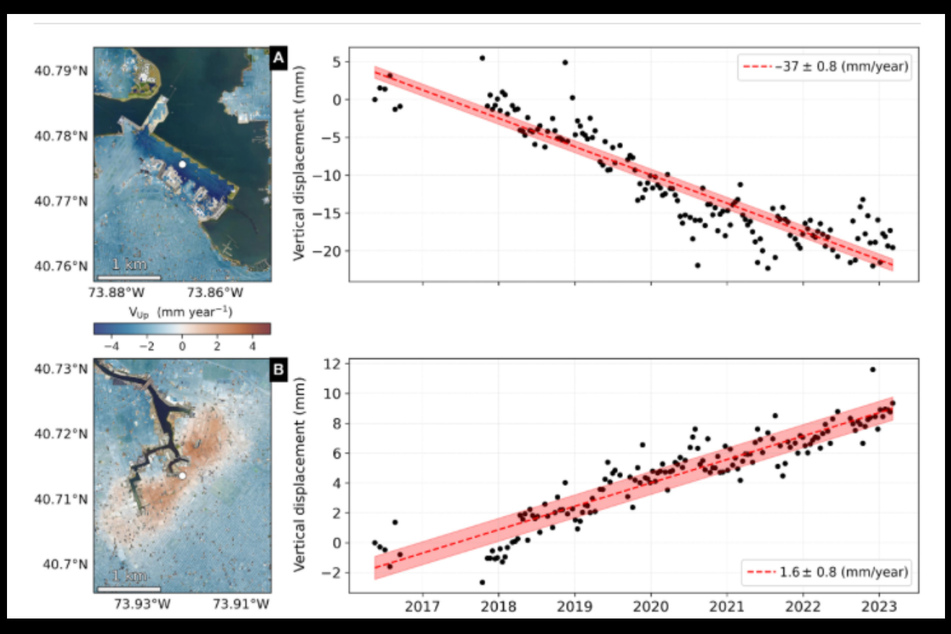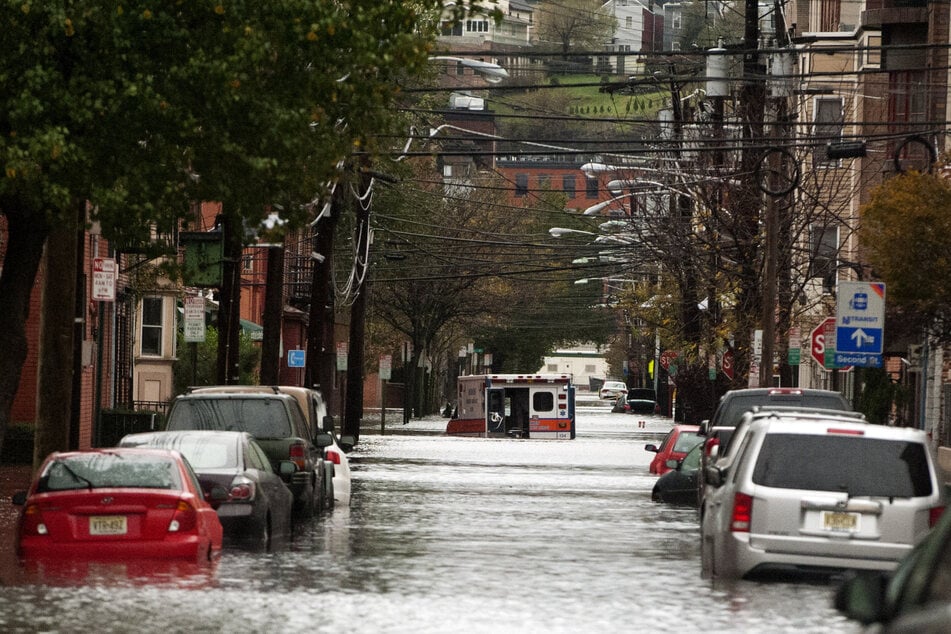New York City is sinking - but not just because of climate change
New York City, New York - Is the Big Apple getting too "big" – or too heavy, rather? A new study from NASA theorizes that the city could be sinking under its own weight.

New York City is sinking by an average of 0.06 inches per year. LaGuardia Airport "sank" by 0.15 inches per year from 2016 to 2023, according to a NASA study released Wednesday. Arthur Ashe Stadium sank by 0.18 inches per year.
The reason for the sinkage is New York's own weight! According to another study from Earth's Future, New York's more than one million buildings come to a total weight of 1.7 trillion pounds.
The Washington Post said LaGuardia Airport and Arthur Ashe Stadium are actually sinking even faster than the rest of the city because they were built on top of a former landfill.
A few millimeters doesn't sound like a lot, but it could spell future problems as sea levels rise and storms produce progressively more flood damage.

Hurricane Sandy showed what could be in store for New York

The study's researchers wrote, "The combined effect of natural sea-level fluctuations and destructive storms is increasingly exacerbated by continued sea-level rise."
The researchers urge city leaders to develop a plan to combat future flooding if another storm like Hurricane Sandy should occur.
In 2012, Hurricane Sandy caused over $62 billion in property damage, according to the National Oceanic and Atmospheric Administration.
During Hurricane Sandy large parts of New York and surrounding areas had no electricity for days, hospitals were evacuated, and thousands of flights were canceled.
The CDC reports over one hundred people lost their lives in the 2012 storm.
Cover photo: Collage: Andrew Burton/Getty Images/AFP & Michael Bocchieri/Getty Images/AFP